To secure your mobile payments from fraud, follow these steps: Enable multifactor authentication for extra security layers. Use strong passwords and update settings regularly for protection. Activate alerts for suspicious activities to stay informed. Implement biometric authentication and tokenization for added safety. Verify callers’ identities carefully and only share information with trusted sources. Protect against phishing scams by being cautious.
Practice safe payment habits and act quickly if fraud is suspected. By taking these precautions, you can enhance the security of your mobile transactions and financial details. Additional insights can further bolster your understanding of securing mobile payments.
Table of Contents
Brief Overview of Boost Security: How to Prevent Fraud in Mobile Payments with Proven Strategies
- Multifactor authentication adds extra security layers and reduces unauthorized access risks.
- Strong passwords, two-factor authentication, and regular security updates enhance mobile payment security.
- Biometric authentication, tokenization, and secure payment platforms strengthen transaction security.
- Caller verification, safe practices, and alert settings help safeguard against fraud and unauthorized transactions.
- Verify identities, avoid sharing sensitive information, use secure payment platforms, and act promptly on unauthorized activities.
Enable Multifactor Authentication
For enhanced security in your mobile payments, consider enabling multifactor authentication to protect against fraud. Multifactor authentication adds an extra layer of security by requiring multiple forms of verification. This means that besides your password, you may also need to enter a code sent to your phone to access your mobile payment accounts. By having this additional step, the risk of unauthorized access is greatly reduced.
Security experts widely recommend multifactor authentication as an important security practice. When you enable this feature, you enhance the overall security of your mobile payment transactions, making it harder for fraudsters to gain access to your account. Remember, the more barriers you have in place, the safer your sensitive information will be. So, take the extra step to protect yourself and your finances by setting up multifactor authentication on your mobile payment apps.
Update Security Settings Regularly

To maintain the security of your mobile payments, it’s crucial to update your security settings regularly. Strong password protection and enabling two-factor authentication can greatly enhance the security of your accounts. By staying vigilant and making these simple adjustments, you can better safeguard your personal and financial information from potential threats.
Strong Password Protection
Make sure to regularly update your security settings to enhance the protection of your mobile payments against fraud. Strong password protection is key in safeguarding your accounts, as 65% of people reuse passwords across multiple platforms, making them vulnerable to attacks. Updating security settings frequently can prevent 81% of data breaches linked to weak or stolen passwords.
It’s essential to use unique passwords for each account to minimize risks, especially since 53% of users rely on passwords that are several years old. Additionally, implementing multifactor authentication can greatly reduce unauthorized access by 99.9%. Keep an eye out for suspicious activities by enabling alerts to swiftly detect and respond to potential security threats in real time.
Two-Factor Authentication
Updating your security settings regularly is essential to ensure the latest protection against fraud, with two-factor authentication adding an additional layer of security for your mobile payments. Two-factor authentication requires a second form of verification, reducing the risk of unauthorized access to your accounts. Even if your password is compromised, this feature helps protect your accounts, making it more challenging for fraudsters to perform account takeovers.
In fact, 90% of Gmail users who enabled two-factor authentication were able to prevent such unauthorized access. By ensuring you have this extra security measure in place and staying vigilant about updating your security settings, you enhance the protection of your mobile payments and overall accounts security.
Use Strong Passwords

Strengthen your account security by creating passwords that are at least 12 characters long and include a mix of letters, numbers, and special characters. When it comes to securing your mobile payments and personal information, having a strong password is vital. Hackers often target weak passwords to gain access to financial data, credit cards, and other sensitive details. By using a combination of different characters and avoiding easily guessable information like birthdays or common words, you greatly enhance your security measures.
Regularly updating your passwords is also essential in preventing unauthorized access to your accounts. Consider implementing password managers, which can securely store and generate complex passwords for various accounts, making it easier to manage your online security. Remember, the strength of your password plays an important role in protecting your financial information from fraudsters. Take the time to create robust passwords to safeguard your mobile payment transactions and personal data effectively.
Activate Alerts for Suspicious Activities
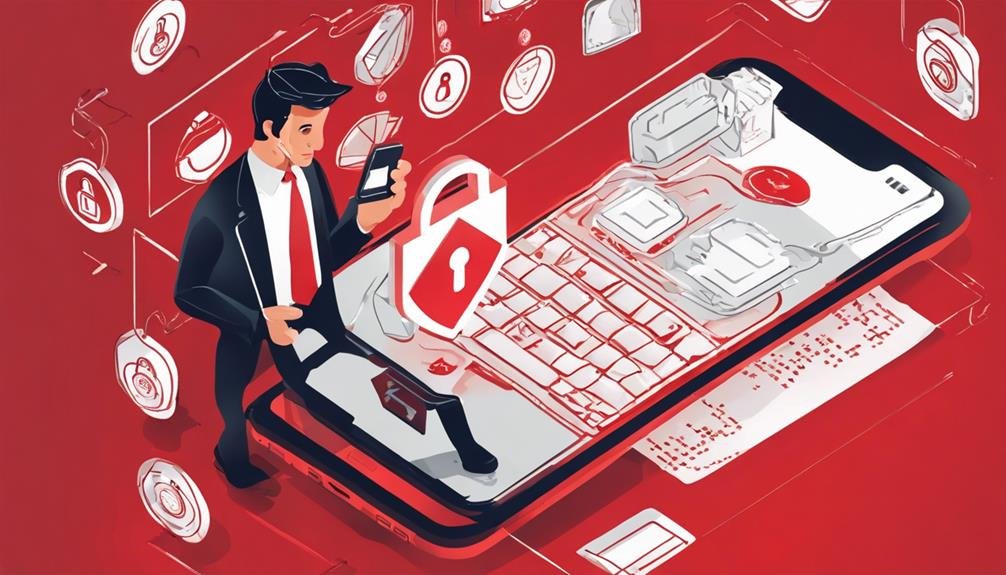
Set up alerts on your mobile payment accounts to stay informed about any unusual activities. These alerts can warn you about unauthorized transactions or potential fraud attempts in real-time, enabling you to act quickly and prevent further harm. Being proactive with alert settings can help protect your finances and personal information from fraudsters.
Alert Setting Tips
Enhance your mobile payment security by proactively activating alerts for suspicious activities. Setting up alerts creates an extra layer of protection, alerting you in real-time to any important fraud attempts. These alerts can notify you of unusual account logins, large transactions, or changes in payment information. By receiving these alerts promptly, you can take immediate action to prevent unauthorized access or fraudulent transactions.
Many financial institutions and payment platforms offer customizable alert settings, allowing you to tailor the notifications to align with your security preferences. Stay vigilant by utilizing these secure practices to safeguard your mobile payments effectively. Remember, staying informed through alerts is a vital step in maintaining the security of your financial transactions.
Monitoring Unusual Transactions
To effectively monitor unusual transactions and detect potential fraud early, activate alerts for suspicious activities on your mobile payment accounts.
- Setting up notifications for transactions outside your normal spending patterns can alert you to unauthorized charges.
- Monitoring and reviewing transactions regularly can help identify errors or discrepancies that may indicate fraudulent activity.
- Being proactive in activating alerts can help prevent financial damages by detecting and reporting fraud promptly.
- Utilizing alerts for unusual activities is an important step in securing your mobile payments and protecting your financial information from fraud.
Implement Additional Security Features
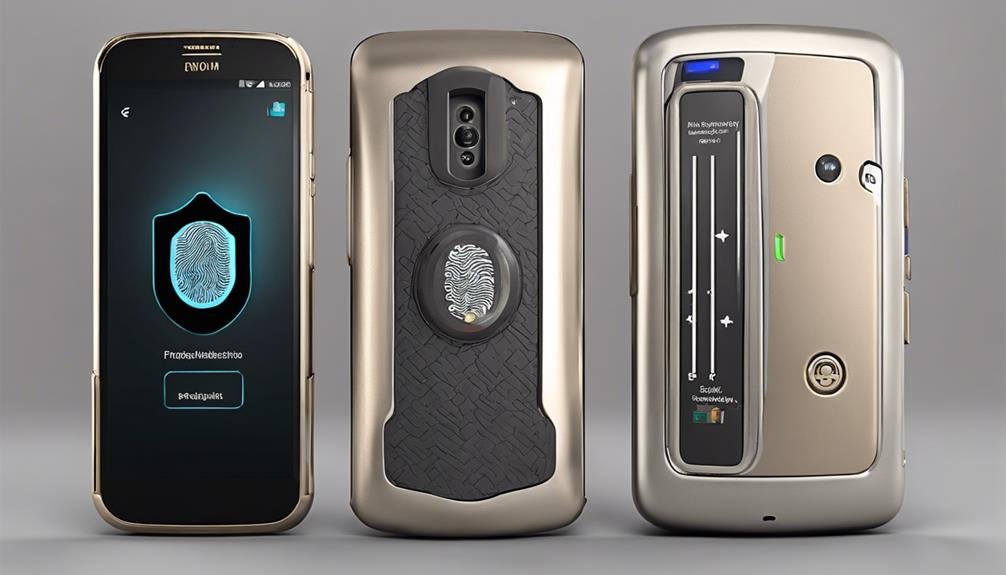
By integrating additional security features like biometric authentication, you can effectively strengthen the protection of your mobile payments against fraud. Biometric authentication uses unique physical characteristics like fingerprints or facial recognition to verify your identity, making it harder for fraudsters to access your payment information. Additionally, tokenization replaces sensitive data with random codes, adding a layer of security to your transactions. Two-factor authentication, which requires a secondary verification method beyond just a password, further enhances the safety of your mobile payments.
To guarantee ongoing security, regularly update your security settings and software to stay ahead of potential threats. Utilizing secure payment platforms that adhere to advanced encryption standards can also safeguard your mobile payments from fraudulent activities. By adopting these additional security measures, you can significantly diminish the risks associated with mobile payment fraud and enjoy a more secure digital payment experience.
Avoid Phishing Scams
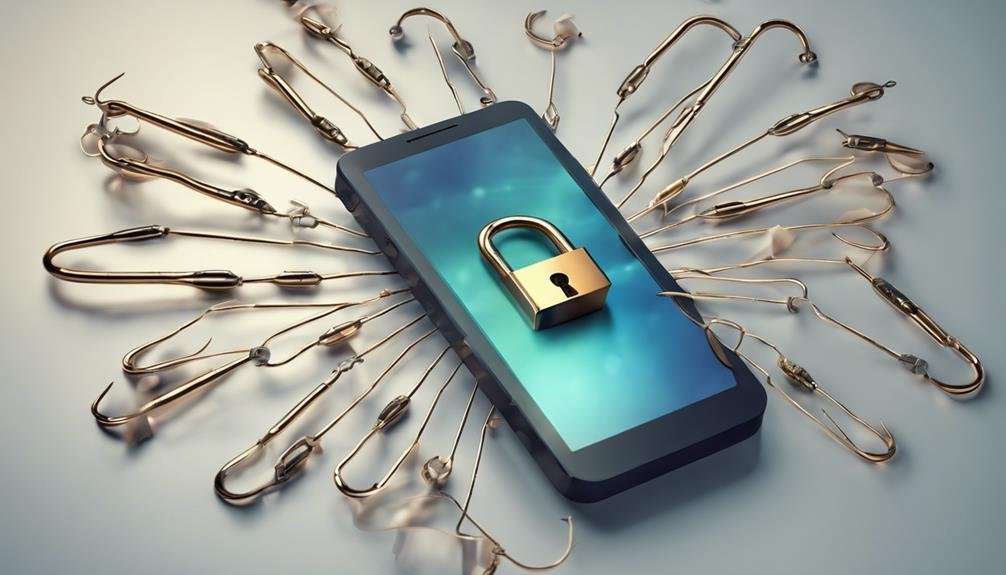
Strengthen your defenses against mobile payment fraud by understanding how to avoid falling victim to phishing scams. Phishing scams involve fraudulent emails or calls that aim to obtain personal information like passwords or financial details. Cybercriminals use deceptive tactics to trick individuals into disclosing sensitive data, which can lead to identity theft, financial fraud, and unauthorized account access.
To protect yourself, be vigilant for common signs of phishing such as urgent requests for information, unfamiliar senders, and suspicious links. Verify the legitimacy of requests for personal information before sharing any details. Remember, staying cautious and verifying the authenticity of communications can help safeguard your sensitive information from falling into the wrong hands.
Verify Callers Identities
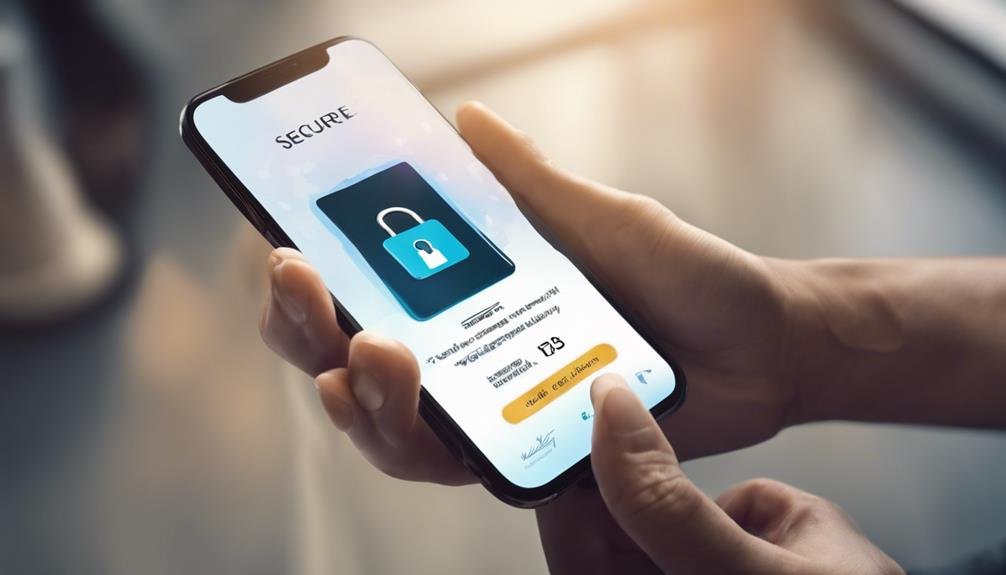
When verifying callers’ identities, always exercise caution and confirm their authenticity before sharing any personal or financial information. Scammers often pretend to be from legitimate financial institutions or payment providers to trick you into revealing sensitive details. To safeguard against fraud, verify the caller’s identity by contacting the official customer service number of the organization they claim to represent.
Remember, reputable entities typically do not ask for personal or financial information over the phone. Protect your personal data and finances by practicing vigilance and verifying the legitimacy of unknown callers. By taking these precautionary measures, you can help secure your mobile payments from potential scams and identity theft. Stay one step ahead of fraudsters by staying alert and verifying the identity of anyone requesting sensitive information over the phone. Your diligence can make a significant difference in keeping your information safe and secure.
Practice Safe Payment Practices
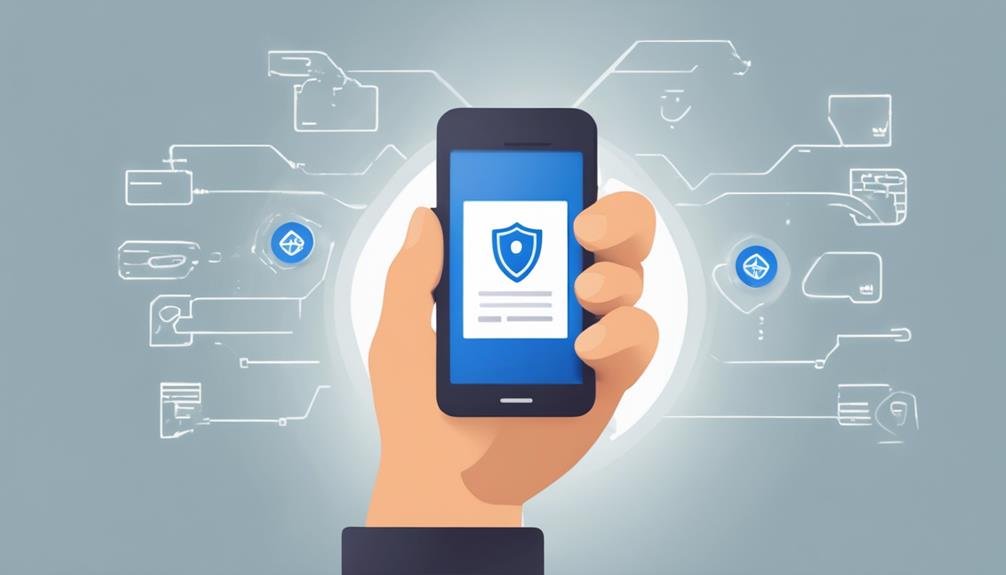
To guarantee the security of your mobile payments, adopt safe payment practices such as using secure platforms with high encryption standards. By following best practices, you can protect yourself from fraud and unauthorized transactions. Here are some key steps to ensure the safety of your mobile payments:
- Use secure payment platforms: Opt for services that prioritize security and employ high encryption standards to safeguard your financial information.
- Enable alerts: Set up text or email notifications for account activity to promptly identify any unauthorized transactions and take action.
- Be cautious with recipients: Only send money to individuals you trust to minimize the risk of falling victim to fraudulent schemes.
- Act swiftly: If you suspect any unauthorized activity on your account, contact your bank immediately to address the issue and prevent further harm.
Frequently Asked Questions
How Do I Secure My Mobile Payment?
To safeguard your mobile payment, utilize strong passwords, enable biometric authentication, update apps regularly, monitor transactions, refrain from sharing payment details, and verify accounts. Implement security measures, authentication methods, fraud prevention, encryption techniques, account verification, and guarantee device safety.
How Do You Keep Your Money Safe When Doing Mobile Transactions?
To keep your money safe during mobile transactions, use biometric verification and two-factor authentication. Regularly monitor transactions, never share personal info with unknown sources, and update apps for security. Stay secure with these steps.
What Is Security in Mobile Payment?
Security in mobile payments involves encryption methods, two-factor authentication, secure networks, biometric verification, tokenization technology, and fraud detection. Protect your transactions by leveraging these tools to safeguard your financial information from unauthorized access.
What Is Mobile Payment Fraud?
To protect your mobile payments from fraud, you must stay vigilant against common scams, prevent identity theft, manage risk factors, secure your account, and monitor transactions closely. Stay proactive in safeguarding your financial transactions.
Conclusion
To sum up, securing your mobile payments from fraud is like building a fortress around your money. By enabling multifactor authentication, updating security settings regularly, using strong passwords, activating alerts, implementing additional security features, avoiding phishing scams, verifying caller identities, and practicing safe payment practices, you can protect your hard-earned cash from cyber thieves. Stay vigilant and take these steps seriously to safeguard your finances in the digital age.




